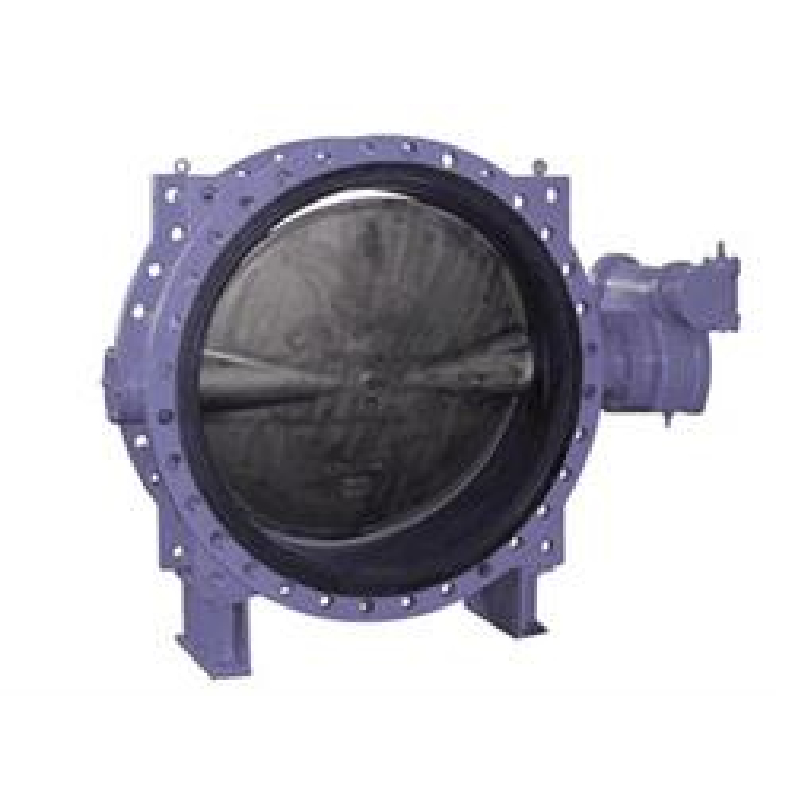ഡിസം . 18, 2024 09:29 Back to list
flexible rubber expansion joint
Flexible Rubber Expansion Joints An Essential Component in Modern Engineering
In the realm of modern engineering and construction, the flexibility and adaptability of components can significantly influence the integrity and longevity of structures and systems. Among these components, flexible rubber expansion joints play a pivotal role, providing critical solutions to various challenges faced by engineers in piping systems, machinery, and infrastructure. This article delves into the importance, functionality, and applications of flexible rubber expansion joints, underscoring their significance in numerous industries.
Understanding Flexible Rubber Expansion Joints
Flexible rubber expansion joints are specially designed rubber fittings that accommodate movements and vibrations in piping systems. They serve as a buffer between rigid components, allowing for thermal expansion, contraction, and overall movement in the system. Typically constructed from durable materials such as rubber, nylon, and other synthetic polymers, these joints can absorb shocks, reduce noise, and mitigate the effects of misalignment caused by thermal changes or mechanical stresses.
Key Functions and Benefits
1. Thermal Expansion and Contraction One of the primary functions of rubber expansion joints is to accommodate the thermal expansion and contraction of materials. As temperatures fluctuate, materials can expand or shrink, potentially leading to stress points, leaks, or even catastrophic failures if not properly managed. Expansion joints ensure that these movements are absorbed without compromising the integrity of the piping system.
2. Vibration Absorption Machinery and equipment often generate vibrations, which can be detrimental to connected piping systems. Flexible rubber expansion joints effectively dampen these vibrations, protecting adjacent equipment and extending the lifespan of the piping system by preventing fatigue and wear.
3. Misalignment Compensation In many installations, pipes may not align perfectly due to installation errors or ground movements. Rubber expansion joints can compensate for slight misalignments, reducing stress on the pipes and flanges and minimizing the risk of leaks and failures.
4. Ease of Installation and Maintenance The lightweight nature and flexibility of these joints make them easier to install compared to rigid fittings. Moreover, they often require less maintenance, which translates to lower costs and reduced downtime for systems.
flexible rubber expansion joint

Applications Across Industries
Flexible rubber expansion joints are ubiquitous across various sectors due to their versatility and adaptability. Key applications include
- Pulp and Paper Industry In this sector, these joints are critical for handling the vibrations and temperature changes associated with processing raw materials and transporting fluids.
- Water and Wastewater Management They are commonly used in pumping stations and treatment plants, where flexibility is necessary to accommodate fluctuating flow rates and thermal dynamics.
- Chemical Processing Given the corrosive nature of many chemicals, rubber expansion joints can be formulated to withstand harsh environments while maintaining flexibility.
- HVAC Systems In heating, ventilation, and air conditioning systems, they help manage thermal expansion and vibration caused by fluctuating temperatures and equipment operation.
- Power Generation Expansion joints are integral in power plants, where they accommodate the expansion of pipelines carrying steam and water.
Conclusion
In summary, flexible rubber expansion joints are indispensable components in modern engineering, providing solutions to thermal expansion, vibration absorption, and misalignment issues across a range of industries. Their durability, flexibility, and ease of installation contribute to the overall efficiency and reliability of systems. As technology advances and the demand for efficient and resilient infrastructure continues to grow, the role of flexible rubber expansion joints will remain crucial in ensuring that systems operate smoothly and effectively, safeguarding both equipment and the environments in which they function. As engineers and designers embrace innovative solutions, the significance of these joints in the future of construction and engineering cannot be overstated.
Share
-
Reliable Wafer Type Butterfly Valves for Every IndustryNewsJul.25,2025
-
Reliable Flow Control Begins with the Right Ball Check ValveNewsJul.25,2025
-
Precision Flow Control Starts with Quality ValvesNewsJul.25,2025
-
Industrial Flow Control ReliabilityNewsJul.25,2025
-
Engineered for Efficiency Gate Valves That Power Industrial PerformanceNewsJul.25,2025
-
Empowering Infrastructure Through Quality ManufacturingNewsJul.25,2025